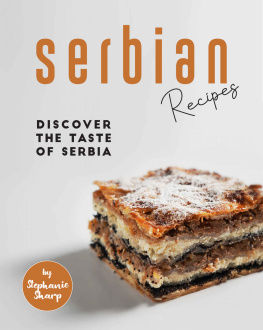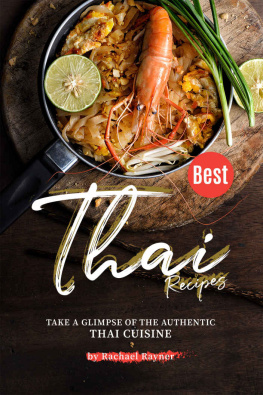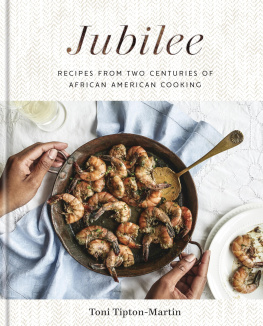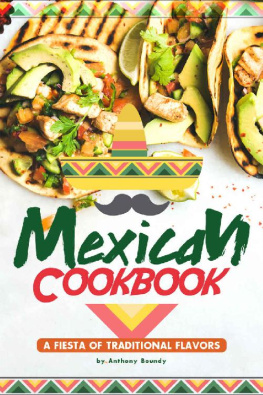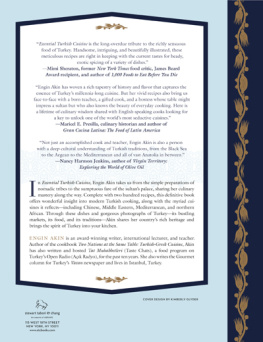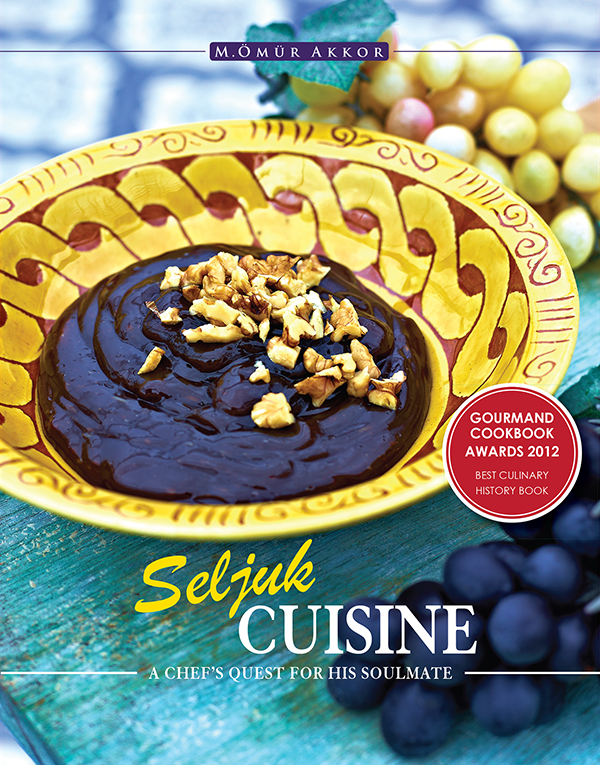
SELJUK CUISINE
A Chefs Quest for His Soulmate
M. mr Akkor

New York
Copyright 2014 Blue Dome Press
17 16 15 14 / 1 2 3 4
All rights reserved. No part of this book may be reproduced or transmitted in any form or by any means, electronic or mechanical, including photocopying, recording or by any information storage and retrieval system without permission in writing from the Publisher.
Published by Blue Dome Press
244 5th Avenue, Suite D-149
New York, NY 10001, USA
www.bluedomepress.com
Art Director
Engin ifti
Graphic Design
Nurdoan akmak - brahim Akda
Photographs Semih Ural
Epub
Ahmet Kahramanoglu
DIJITAL ISBN: 978-1-935295-65-5
Printed by
alayan A.., Izmir - Turkey
Preface

I always felt close to the Seljuks; their mathematics, art and lifestyle always caught my attention. During a trip to Beyehir, I found myself absorbed in a story belonging to the Seljuk period.
In addition to being written on the subject of what was eaten during the Seljuk period, this book also animates the Seljuks way of life and the story in it brings to life a plot belonging to that age.
Other artists contributed to the story, too. Suzan ataloluk gave life to the book with miniatures from that period, and brahim Kulu gave new life to ceramic tiles from that time. I hope that through their beautiful artwork, through reading recipes from that period, and through actually eating the food they ate, you might feel a little bit like a Seljuk, too.
The book is comprised of three sections. In the first section, you will read a story by a chef working in Kubadabad Palace. In the second section, there is a story told by a chef of this age. In the final section, you will find recipes from the Seljuks.
In regard to the recipes of Seljuk cuisine, it would be a great mistake to say, is this all? But when the conditions of that time are thought about and the shortage of written sources is taken into consideration, it should be understood that I have set out from a very small point in regard to the sources at hand and recipes were written accordingly. Although some of the recipes included in this book are found in books from that period, some of them only have a name or contents remaining. At this point I would like to indicate that I have benefited from my intuition, which has developed from my experience as a chef and from my work directed towards understanding the food of the Hittites when I was a part of the Alacahyk excavation work.
My goal is to open another window to the depth of the Turkish culinary culture and to shed light on what was eaten during those centuries and the history of the food that we eat today. I hope that my work will increase interest in Seljuk cuisine and will be a vehicle for researchers to work in this field.
M. mr Akkor
Acknowledgments

I would like to thank the following: My teachers brahim . ztahtal and Zeki Grdal Karaolu for enabling the story to take a very different state and for their fellowship; Ibrahim Kulu for giving life to my book with his ceramic tiles; Suzan ataloluk for relating my story and the period with miniatures from that time; Semih Ural for his splendid photographs; and Haluk Snmezer for completing the book with his designs. During the development and writing of the book and the period of finding sources for it, I saw unconditional support from: my valuable teachers at the Seljuk University Ali Akkanat Vocational School and the Seljuk University Konya Campus; Elvin Otman, a teacher from the Bilkent University History Department; my valuable sister, Zennup Pnar akmakc, who read and corrected time and again every recipe and every page and who has made at least as much effort as I have from the inception of this book, and her esteemed husband, Ramazan akmakc; Nevin Halc, an important author on Turkish Culinary Culture, whose books I benefited from during the period of determining the books recipes and from whom I received ideas in many places during the writing of the book; my valued co-workers at the Bademii Restaurant who never refused help during the shooting of photographs, Ycel Erdemir, Sevim stnbostanc, Selahattin Tetik, ahin Tetik, Veysel Varhan, Emre drisolu, zlem Koak, Bar Paac, Sezer Ormanc, Orhan Mutlu and Nazik Kaymak; my esteemed teacher Tevfik Trkylmaz and his family; my mother Cevriye Bilgici, my father Doan Akkor and my twin brother Yunus Emre Akkor, who were always at my side; and the Doan family, which is my second family in Bursa. I thank each of them very much and I think that if one of them was not there, this book would not have come about.
To Lara Uurlu, who will always live like the chef in the story. This is such a place that the more you stay the more it grows and broadens and becomes infinite. I felt like I was a kernel of wheat in the vast Konya plain. At times the wind blew me about, but I could not go far.
SECTION I
1236

Bath tiles, Kubadabad Palace (13 th century)
The Longest April

Spring comes late to Konya ...
I never knew why I was here, and this never made me uncomfortable. Ever since I started thinking this was contentment, I have never even gone outside the dervish lodge. I was supposed to prepare the soup this morning. First I lit the stove and waited there a little. When my chill passed, I went to the pantry and got some supplies.
In this place where I did not even remember my past, was I content only because I cooked or was it the profound and silent contentment of green Konya that held me here?
How long have I been here? What have I seen? I had forgotten everything. This strange peace encompassed me more and more, and I remained longer and longer. Finally I had decided not to leave. My whole world had become here. This was such a place that the longer you stay, the more it grew and broadened and became infinite. I felt like I was a kernel of wheat in the vast Konya plain. At times the wind blew me about, but I could not go far. As all these things were passing through my mind, somehow I found myself in the pantry, and here everything was happening like this!
From the pantry, I took two spoons of roasted meat, two onions, and a bowl of bulgur, chickpeas, beans and green lentils that I had soaked overnight. I returned to the kitchen to make tandoor soup.
I put the broth I had left next to the stove last night before the fire went out back on the top of the stove and added the pulses. I put the meat cured last winter with the finely chopped onion and left them to cook over the fire.
The raw food cooked as it heated up and became better as it cooked. At that moment, I thought of myself; perhaps life was as simple as cooking and perhaps that was the reason I had stayed in Konya this long. My master would say that making food is a station. Without any hurrying, I had waited for months to be able to make soup.



